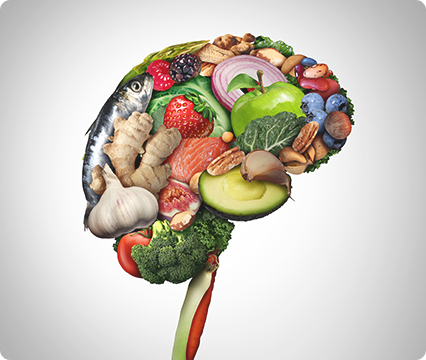Effects of the Dietary Approaches to Stop Hypertension (DASH) diet on clinical, quality of life and mental health outcomes in women with migraine: a randomised controlled trial
It is yet unknown how the Dietary Approaches to Stop Hypertension (DASH) diet affects the mental health, quality of life, and clinical results of migraineurs. To investigate this, a parallel-group, randomized controlled study was carried out by Arab et al. (2022) to evaluate how the DASH diet affected key health indicators in migraine-affected women. 102 eligible women, aged 20–50 years, were randomly assigned to either the DASH diet group or a control group receiving standard dietary guidance, with 51 participants completing a 12-week intervention. The DASH diet was structured using a seven-day meal plan, ensuring 15–20% of daily energy intake came from protein, 25–30% from fat, and 55–60% from carbohydrates. Serum vitamin C levels and dietary records were examined to track diet compliance. Migraine-related symptoms, including frequency, duration, and severity, along with mental health indicators such as depression, anxiety, and stress, were evaluated before and after the intervention. The frequency and intensity of migraines were reduced more in the DASH group than in the control group. There was also a trend toward reduced migraine duration and lower depression and stress scores. After the intervention, there was no discernible difference in the groups’ anxiety or quality of life scores. These results imply that the DASH diet could help women of reproductive age control their migraines, but more investigation is required to confirm these findings. [NPID: DASH, Migraine, nutrition, quality of life, clinical symptoms]
Year: 2022
 Navigation
Navigation








